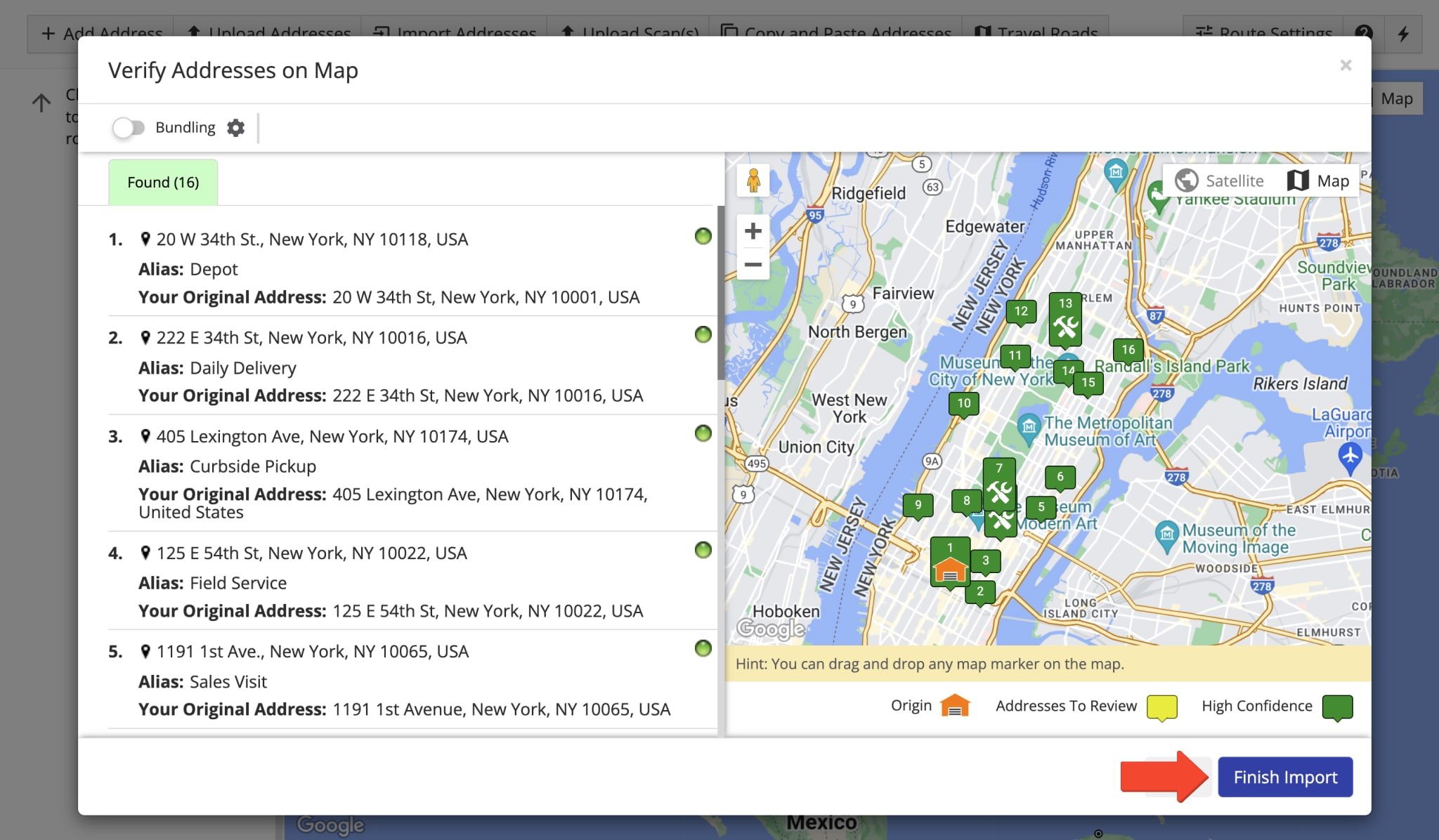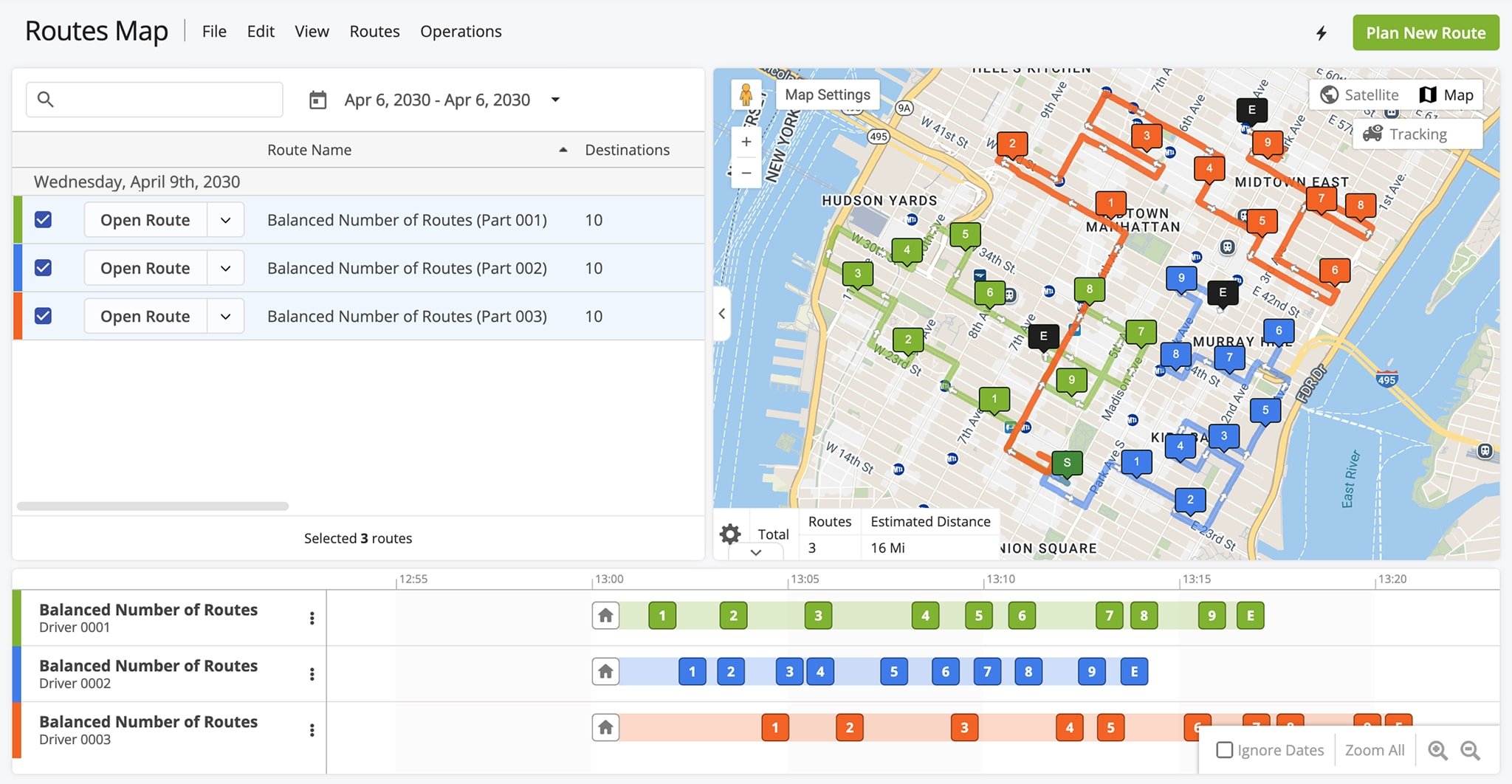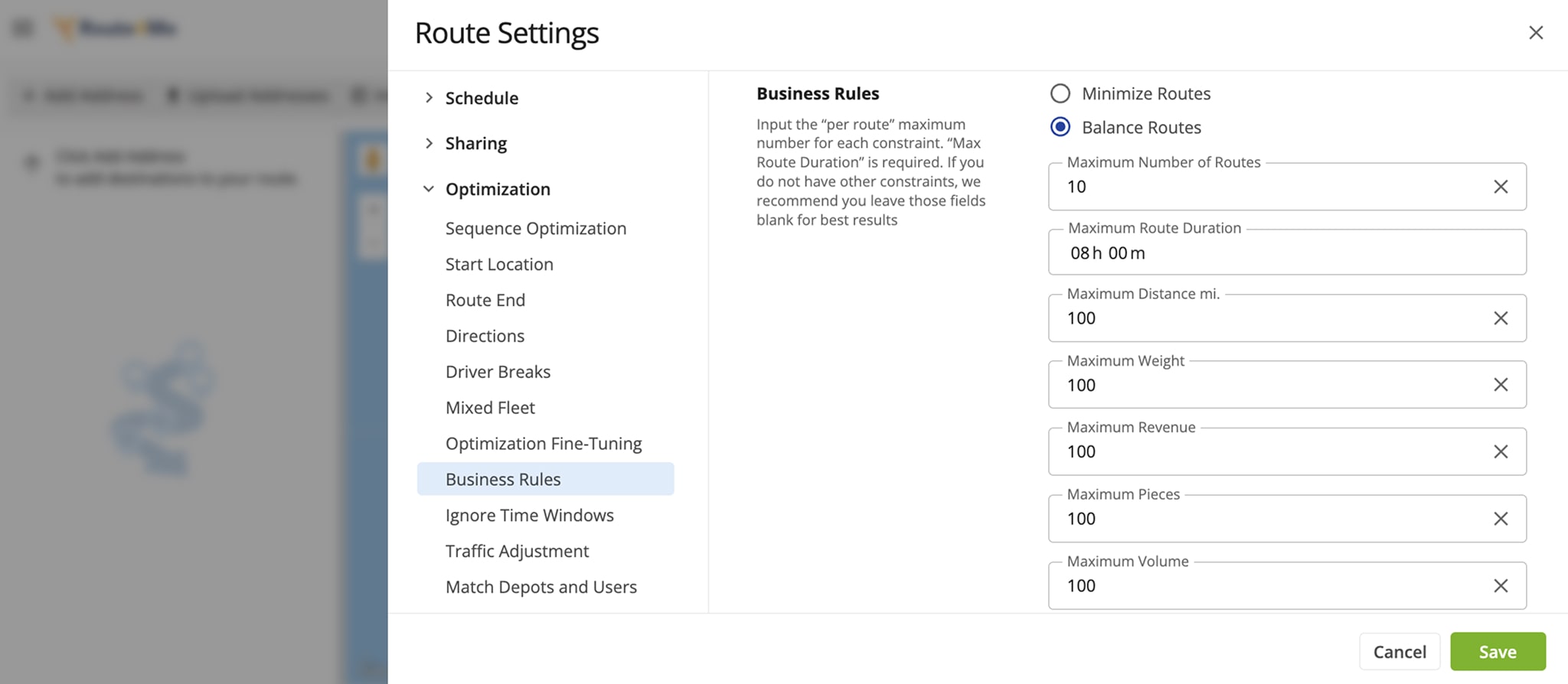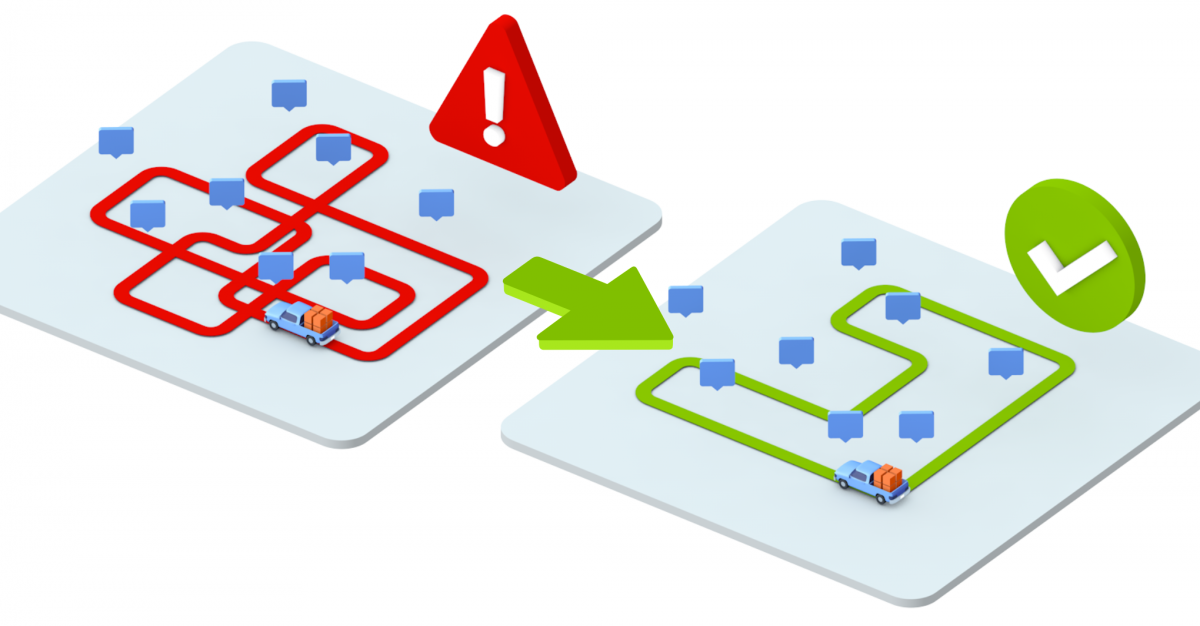How To Optimize A Planned Route With Route Optimization Software
A planned route is a manually sequenced list of stops, often created without considering distance, time, or operational costs. Optimizing a planned route is essential to save fuel, reduce payroll expenses, and improve delivery efficiency. Using Route4Me’s Route Planner, businesses can leverage the quickest route optimization software to turn manually planned routes into optimized delivery routes that maximize efficiency. This guide explains how to streamline multi-stop route planning, create cost-effective, optimized routes, and ensure operations run smoothly. By applying the right optimization types and business rules, even complex routes can be sequenced in the fastest, most practical way.
Table of Contents
1. Map Multiple Addresses On Route Planning Software
Start by importing customer addresses into the Route4Me Route Planner. You can manually enter addresses, upload spreadsheets, or sync with your CRM. For manually sequenced routes, disable route optimization to define a specific order. Once addresses are mapped, you have a visual overview of your delivery area. optimization.
2. Choose The Right Route Optimization Type
Select the appropriate optimization type to transform your planned route into the fastest, most cost-efficient sequence. For single driver routes, the software optimizes stops for one driver. For larger fleets, it automatically splits addresses into the most efficient multi-stop routes for multiple drivers.
3. Apply Routing Business Rules And Constraints
Every delivery scenario is unique. Input customer time windows, vehicle carrying capacities, driver availability, and road constraints to get a practical solution. The software considers hundreds of rules to ensure your optimized routes meet real-world delivery requirements.
4. Generate Optimized Routes And Save Costs
Click “Optimize” to re-optimize your manually planned routes. The software calculates the best routes for time, distance, and operational efficiency. Once optimized, you can reduce fuel consumption, minimize wait times, and discover hidden savings opportunities.
Last Updated:




